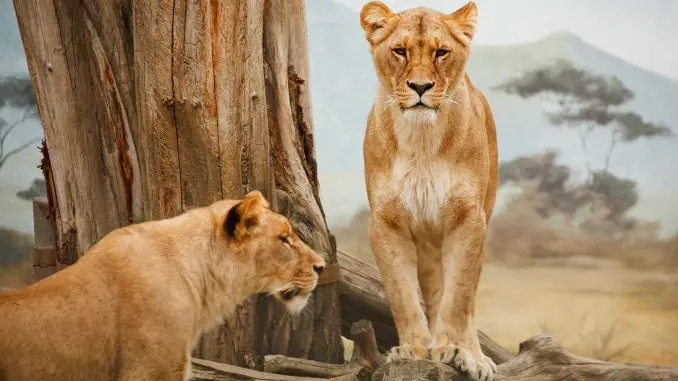
Increasing populations of large wild mammals not only benefits nature locally, it can also counteract climate change, researchers say in a new review of research in the area.
When large groups of mammals have disappeared historically, there have also been major changes in how the earth works. But the ecological functions can be restored by so-called wilderness, rewilding, where extinct or weakened populations of large mammals are restored.
In the new international review Trophic rewilding as a climate change mitigation strategy? It appears that the distortion can also have an effect on climate change through the storage of carbon dioxide in ecosystems.
It is not about long extinct animals but locally extinct or weakened groups.
They believe that there is much to be gained with these less controversial solutions.
Capability improved
An example the researchers give is that as the number of wildebeests increased in Serengeti after being low due to livestock plague in the early 1900s, their grazing and trampling on the savannah improved fertility and fewer fires. The effect was so great that the soil became a carbon sink, where more carbon dioxide is stored than what is emitted, thus compensating for some of the emissions of fossil fuels in East Africa.
The large animals affect in a number of ways, among other things in the spread of seeds, according to Joris Cromsigt. Trees with harder woods absorb more carbon dioxide, but those trees also have larger seeds and need larger animals to spread. According to him, this is a clear example of the link to carbon dioxide storage. The research shows that losses of large mammals can cause a ten percent reduction in carbon dioxide storage in some tropical forests.
Reindeer can counteract the heating of the tundra
The phenomenon can also be seen in northern latitudes where a lot of carbon is stored in soil with a constant shingle. When the permafrost thaws, greenhouse gases are released and as it gets warmer, more bushes grow. The darker leaves store more solar heat than grass, which thins the permafrost and increases the heating. Large grazing mammals, such as reindeer and muskox, can counteract it, which researchers believe is important to reintroduce them where they have disappeared.
It was precisely research that reindeer can help counteract the warming of the tundra, which became the starting point for the new review of research in the area. This is a young research topic that has emerged above all in the last five years.
– The conservation of large mammals has been completely separate from the issue of climate change, but they have stronger links than we though.
– Financing to stop climate change often goes to planting trees, but we create empty forests. Biodiversity is important for carbon dioxide storage.
Leave a Reply